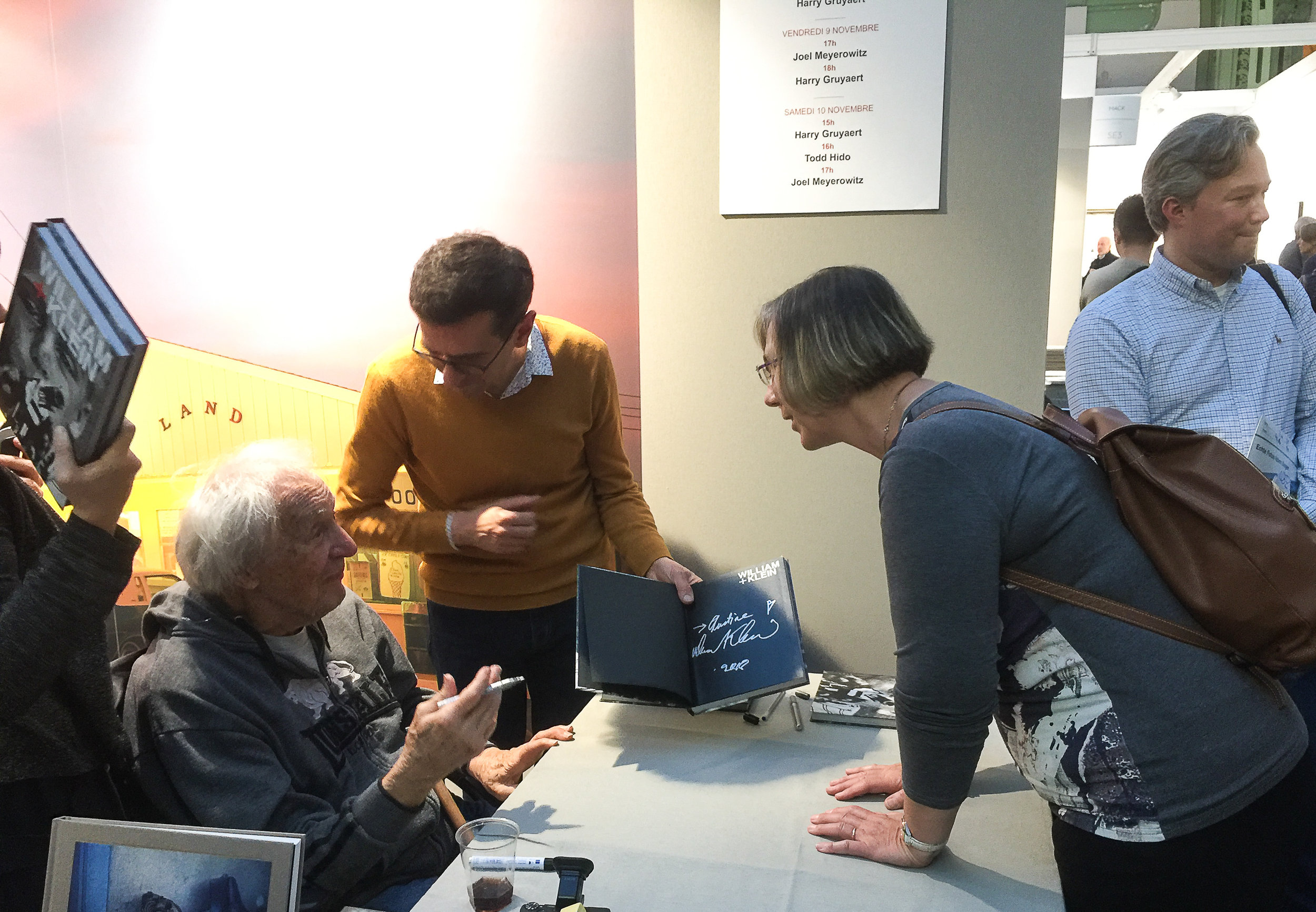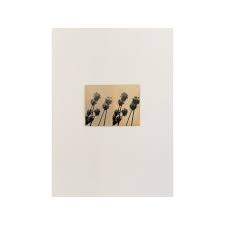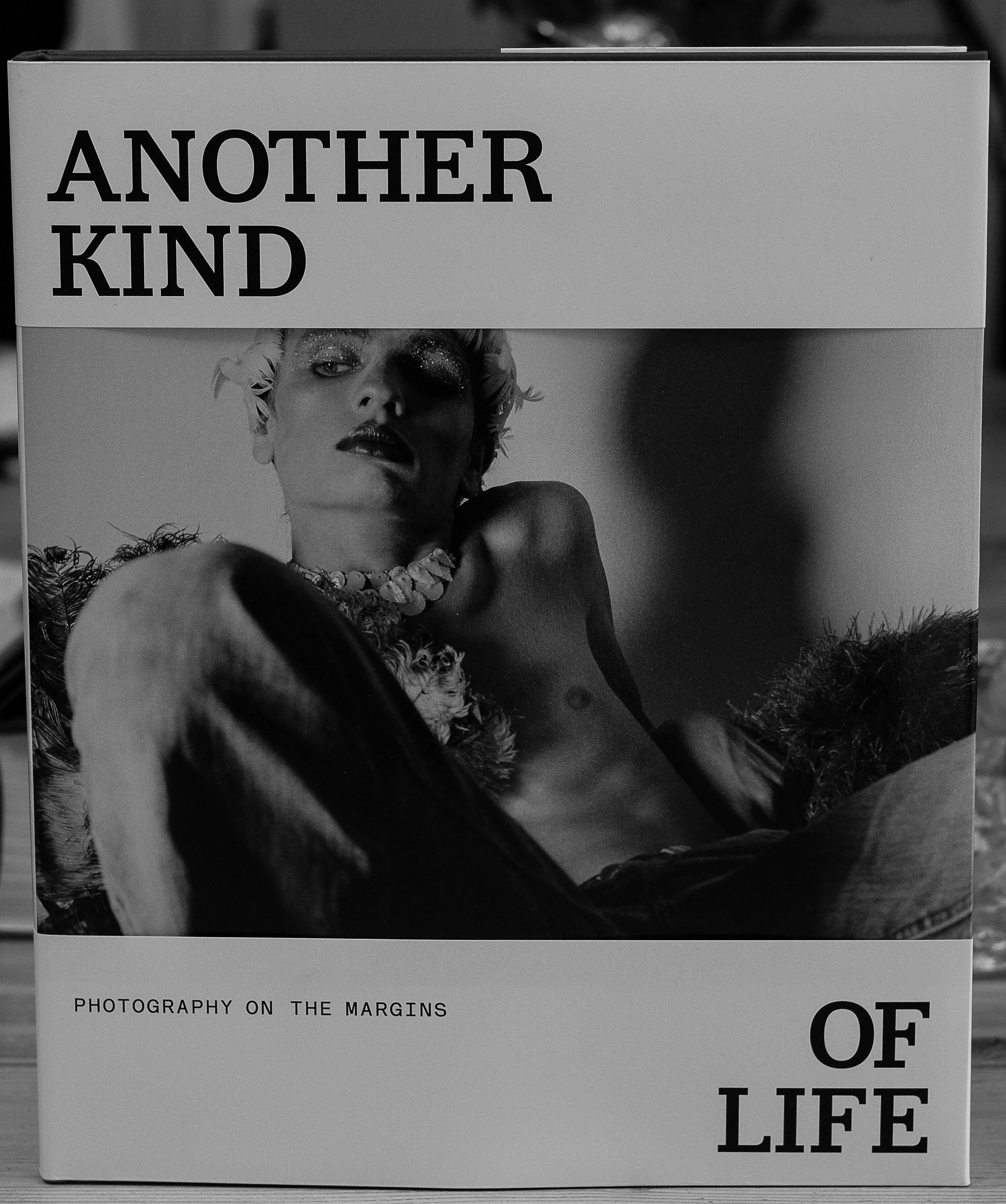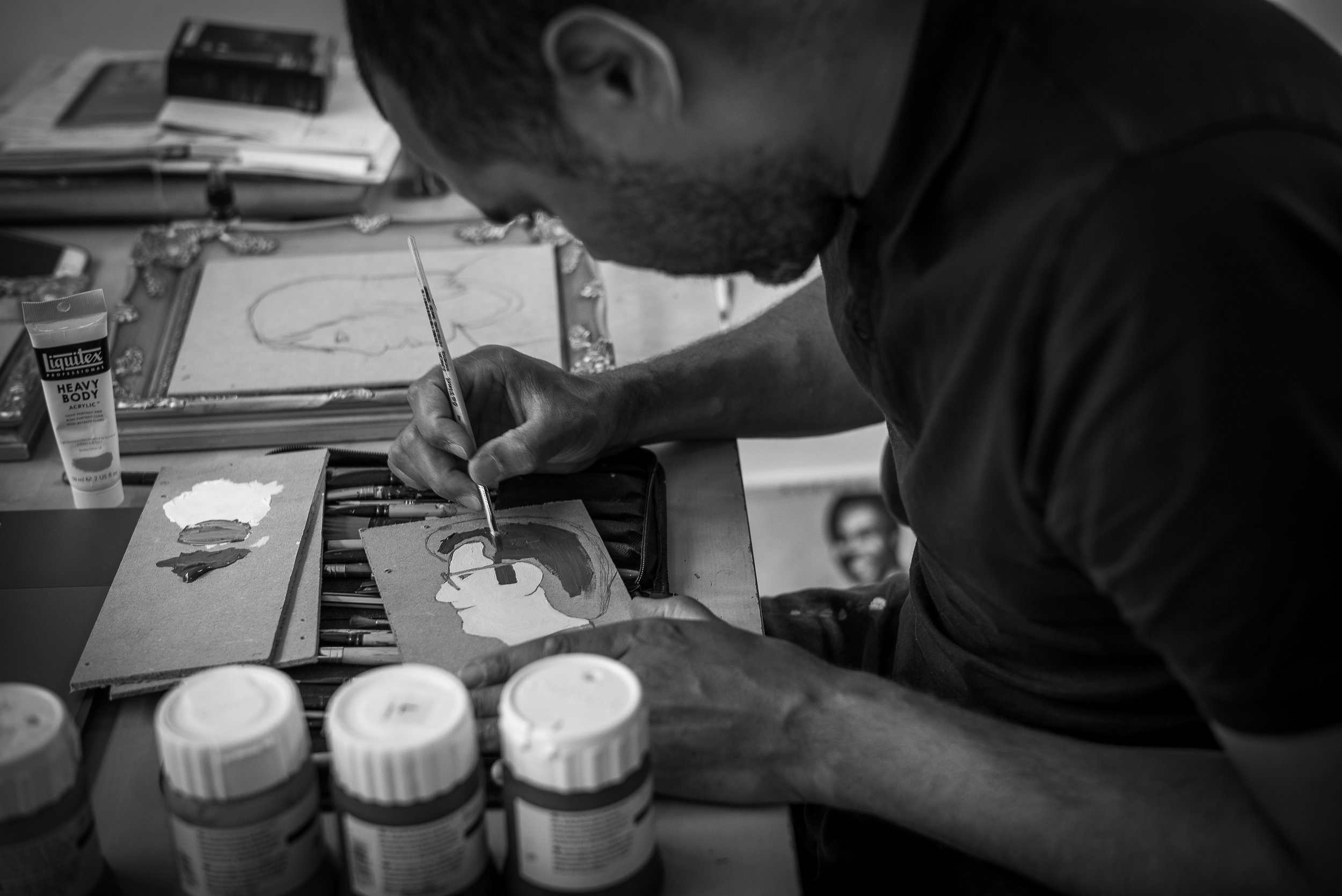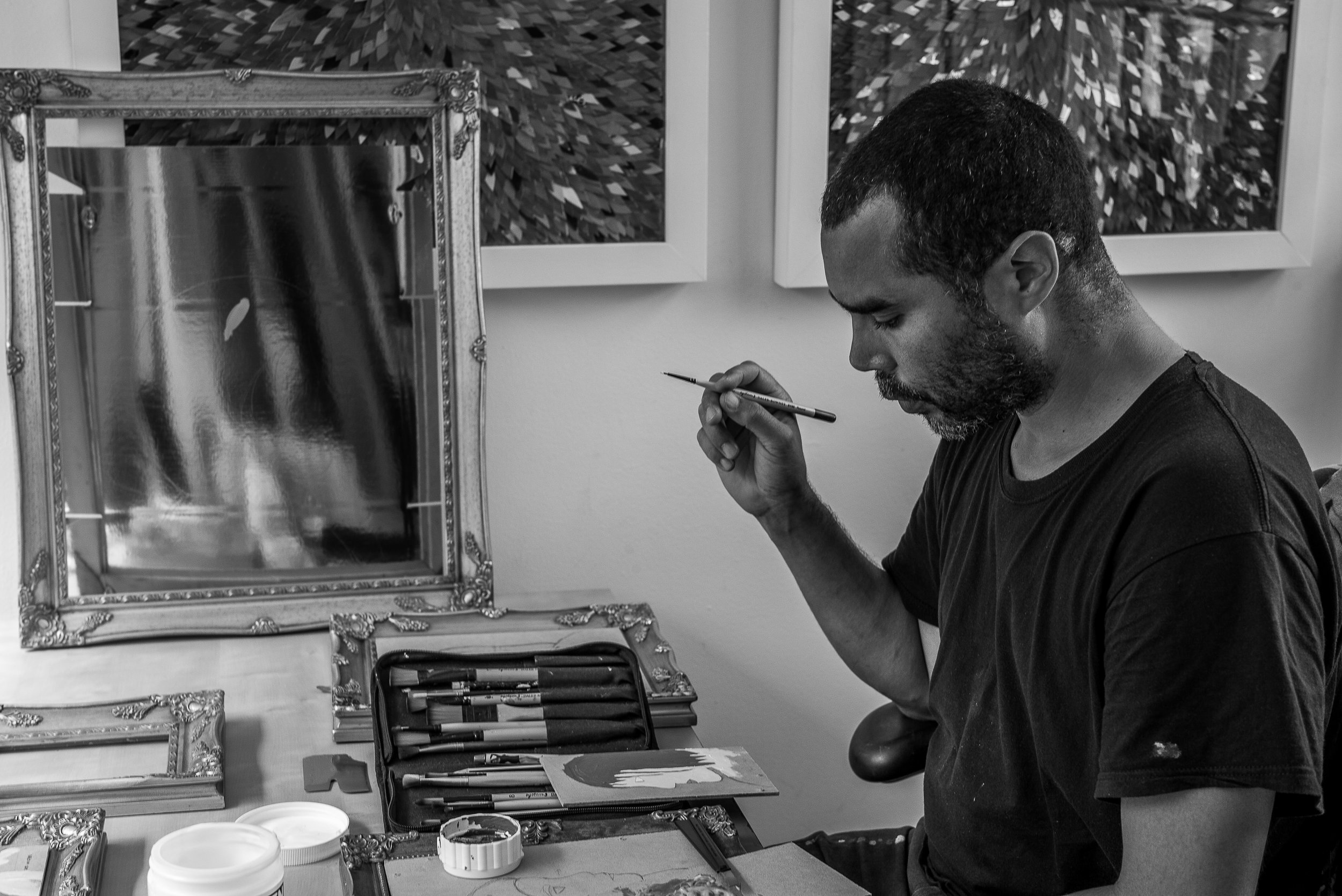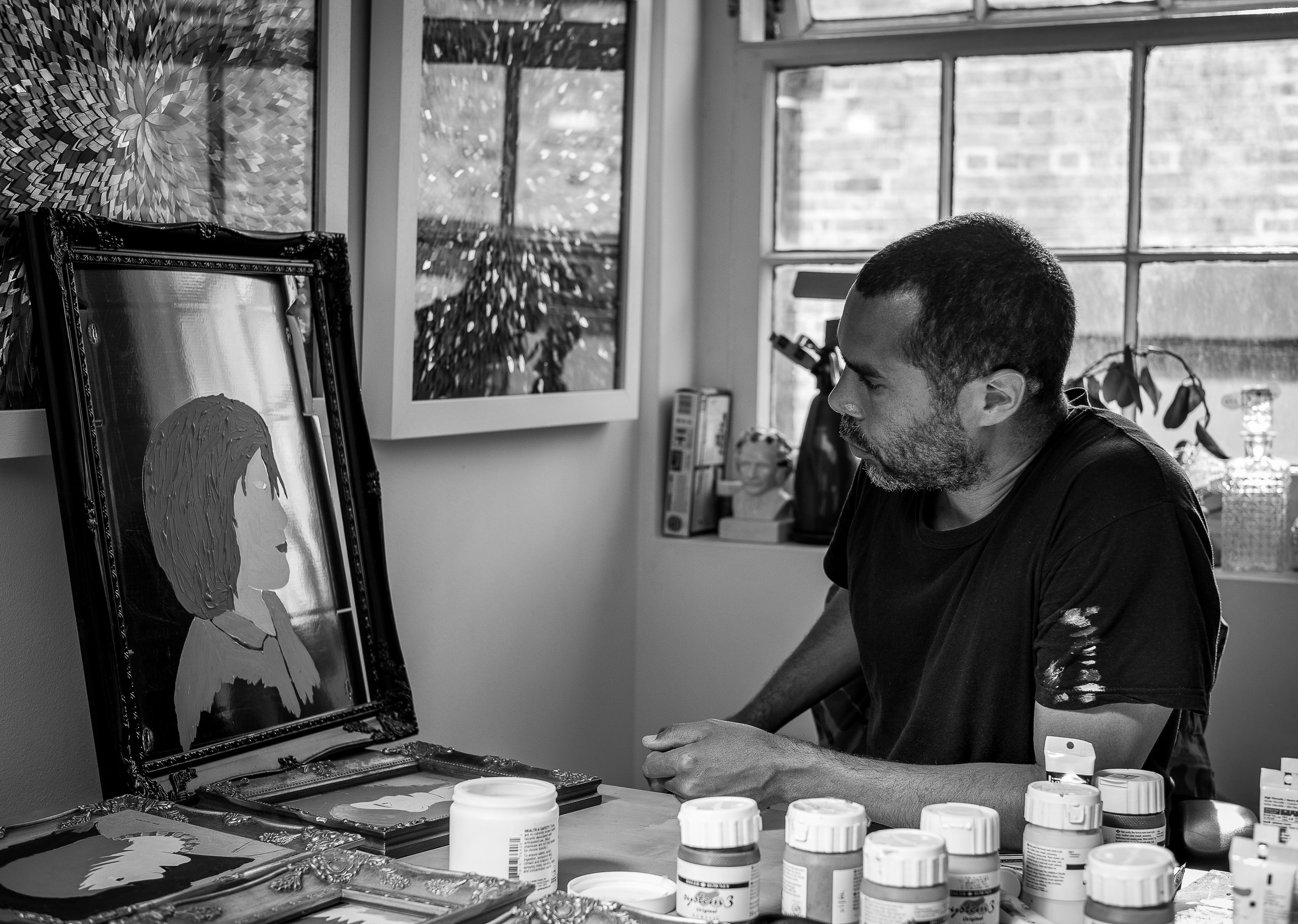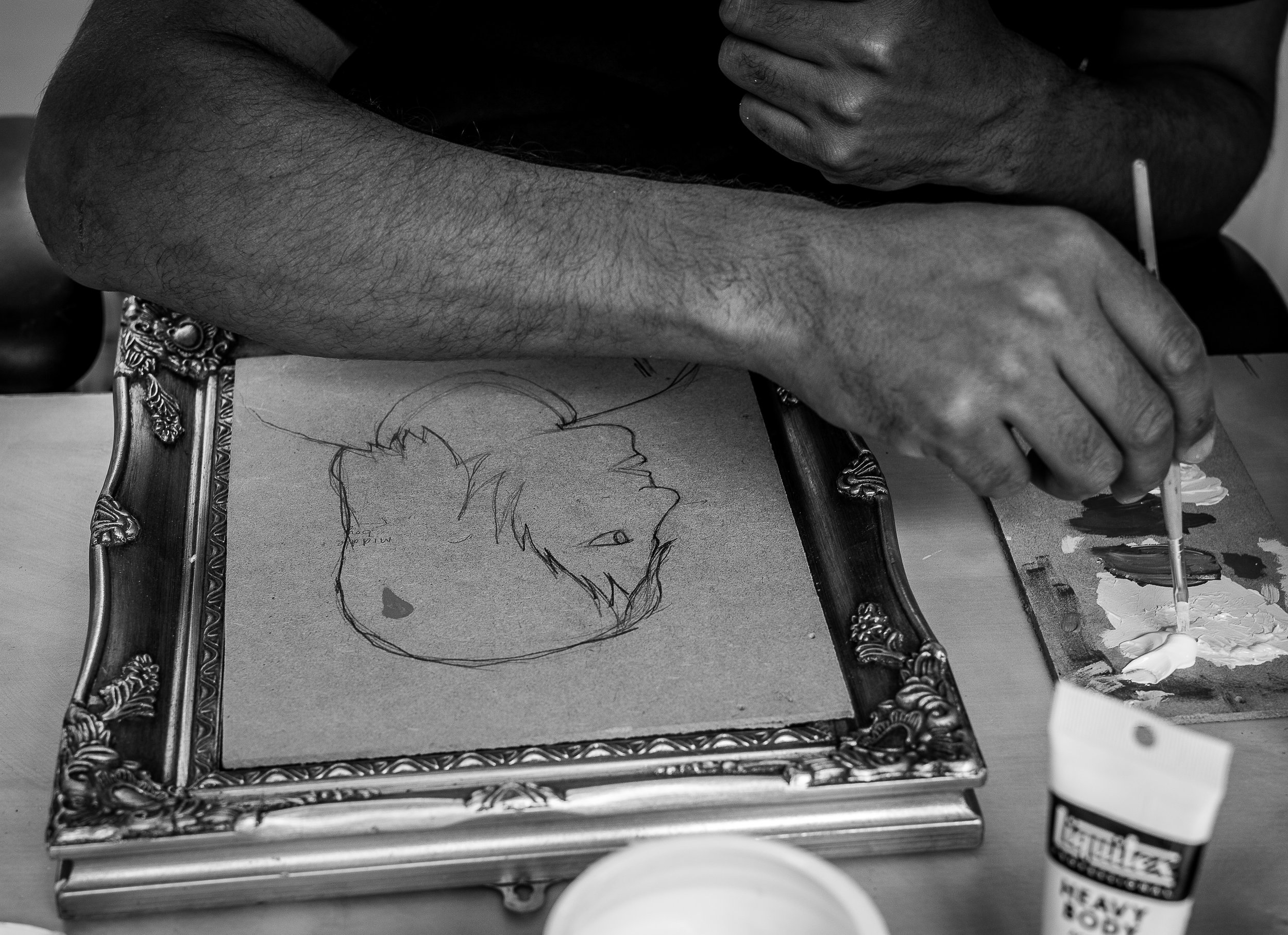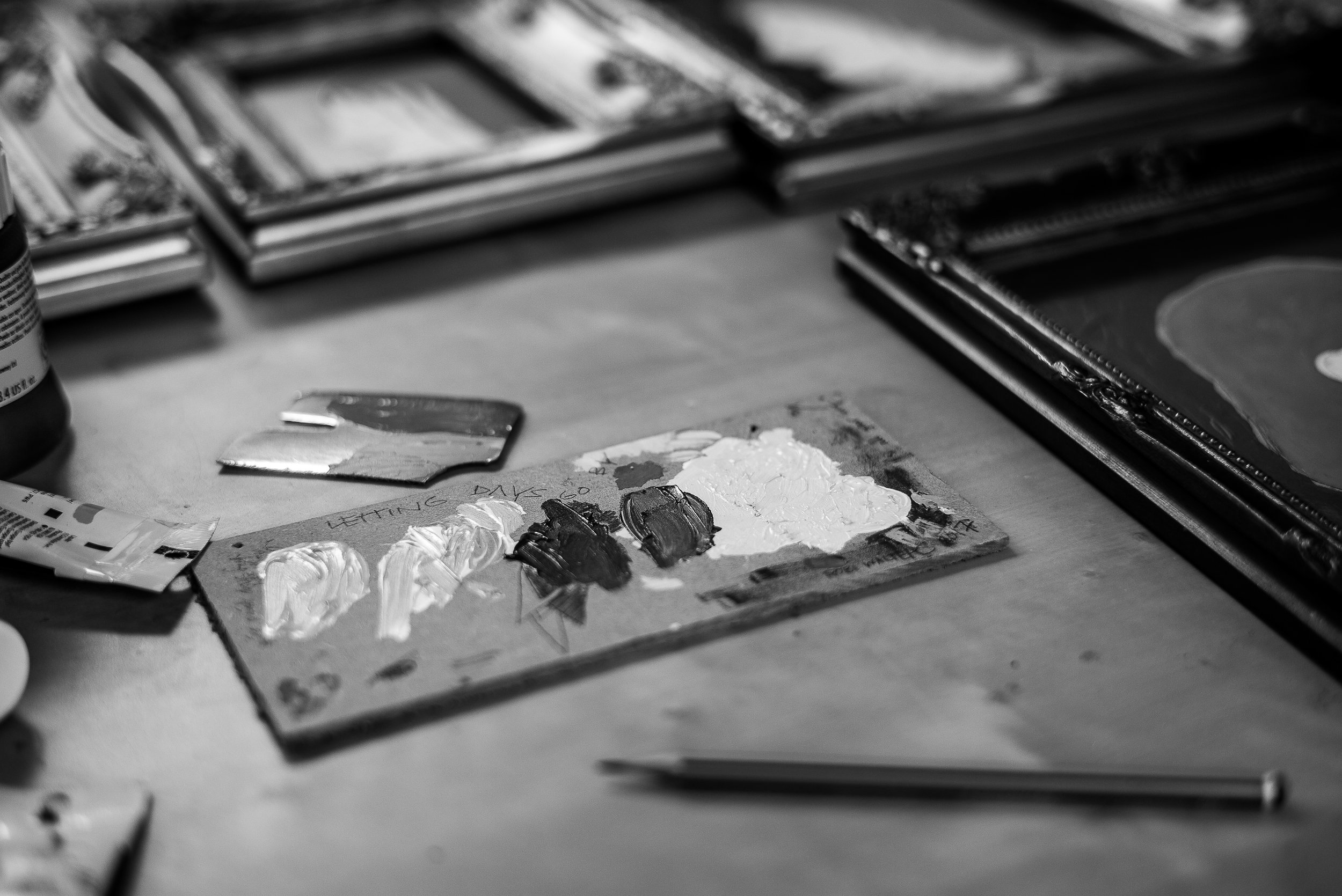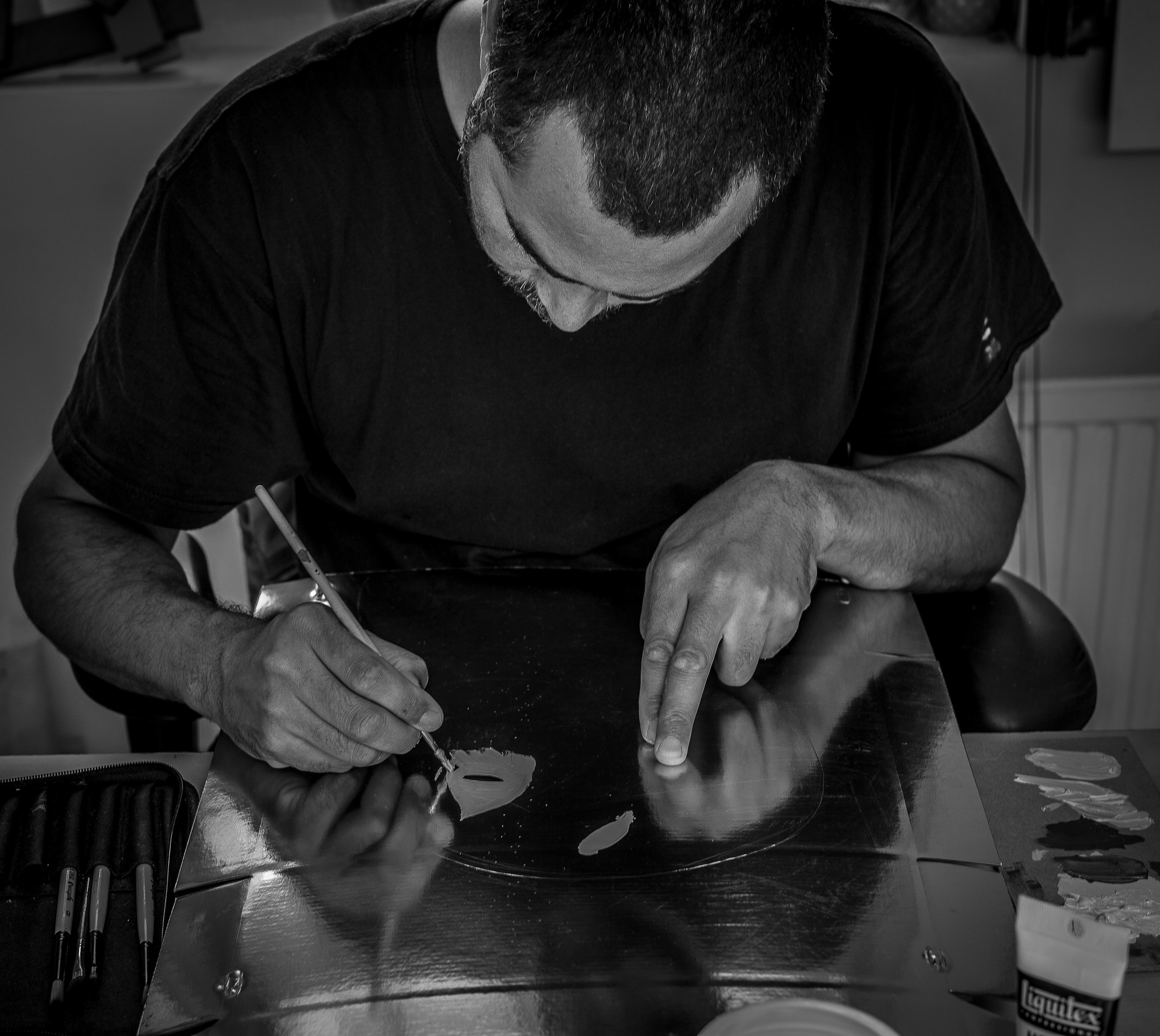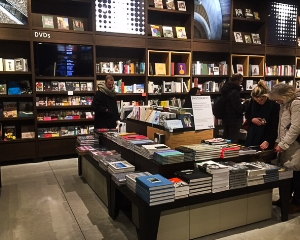Paris Photo
They say you should not meet your heroes as it often leads to disappointment, but in my case I recently met two of my heroes in photography and both proved to be the exception to the rule.
This year I missed London Photo in May but was able to spend a day in November at Paris Photo. It was my first time attending the fair in Paris and I must say that I prefer the Grand Palais to the London location at Somerset House with its nooks and crannies and numerous staircases.
As always, the fair was a success, well attended by galleries and photographers from all over the world. I particularly enjoy these fairs not only because you have a chance to see original photographs of well-established photographers (I saw some original Fan Ho and Sabine Weiss which I had not seen before), but it is also a chance to see original work by younger photographers such as Bastiaan Woudt, Bruno van Roels and Jan Schlegel. Another attraction of these fairs is the opportunity to meet legendary photographers signing their books and that day in November I had a chance to meet Joel Meyerowitz and William Klein. Both were very approachable and incredibly generous with their time notwithstanding the long queues. Joel Meyerowitz discussed his masterclass videos with me (see my previous blog of March 19 2018) and some of his work. As for William Klein, now in his 90’s, he has not lost any of his charm and cheekiness. He wanted to know all about the type of photography I do and when he heard that he had been at the origin of my passion for b&w photography and how much I had enjoyed studying his books, he asked me “so, are you a good photographer then?”. Now how can one respond to that question asked by William Klein?!!
(the images below are Joel Meyerowitz getting ready to sign his books, William Klein chatting with me after inscribing a heart in his book for me, and an example of work by Sabine Weiss, Fan Ho, Bastiaan Woudt, Bruno van Roels and Jan Schlegel)

